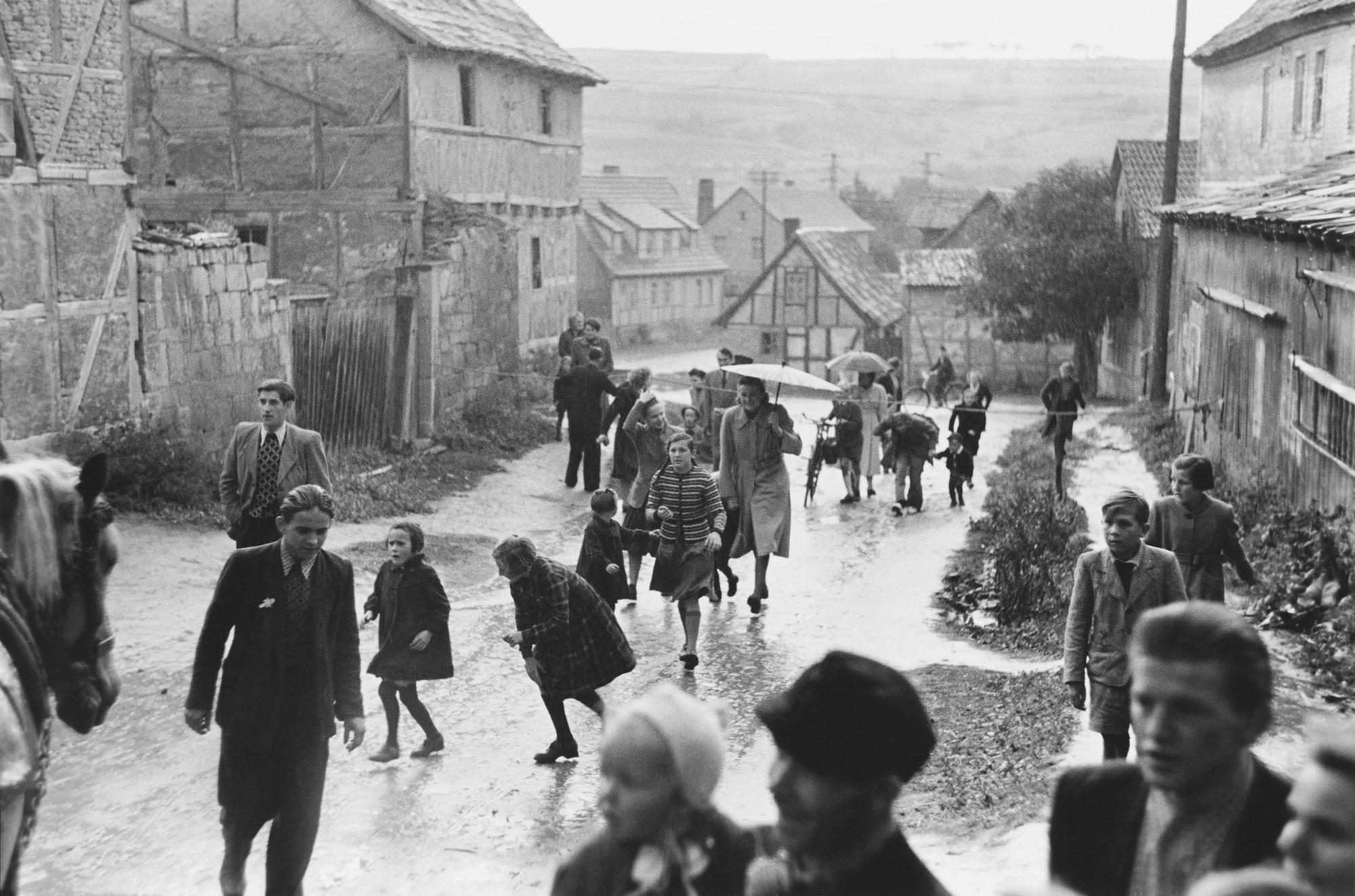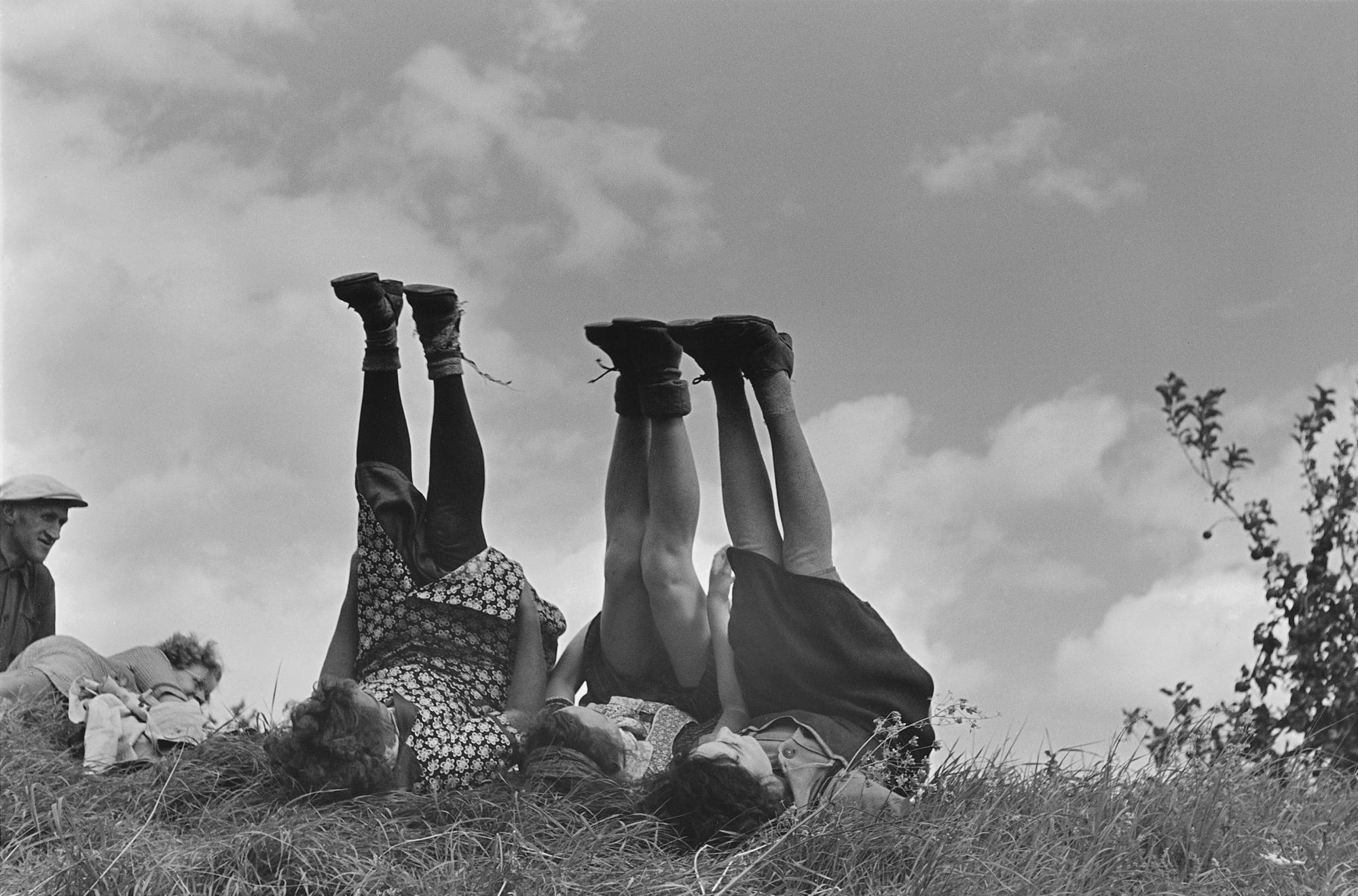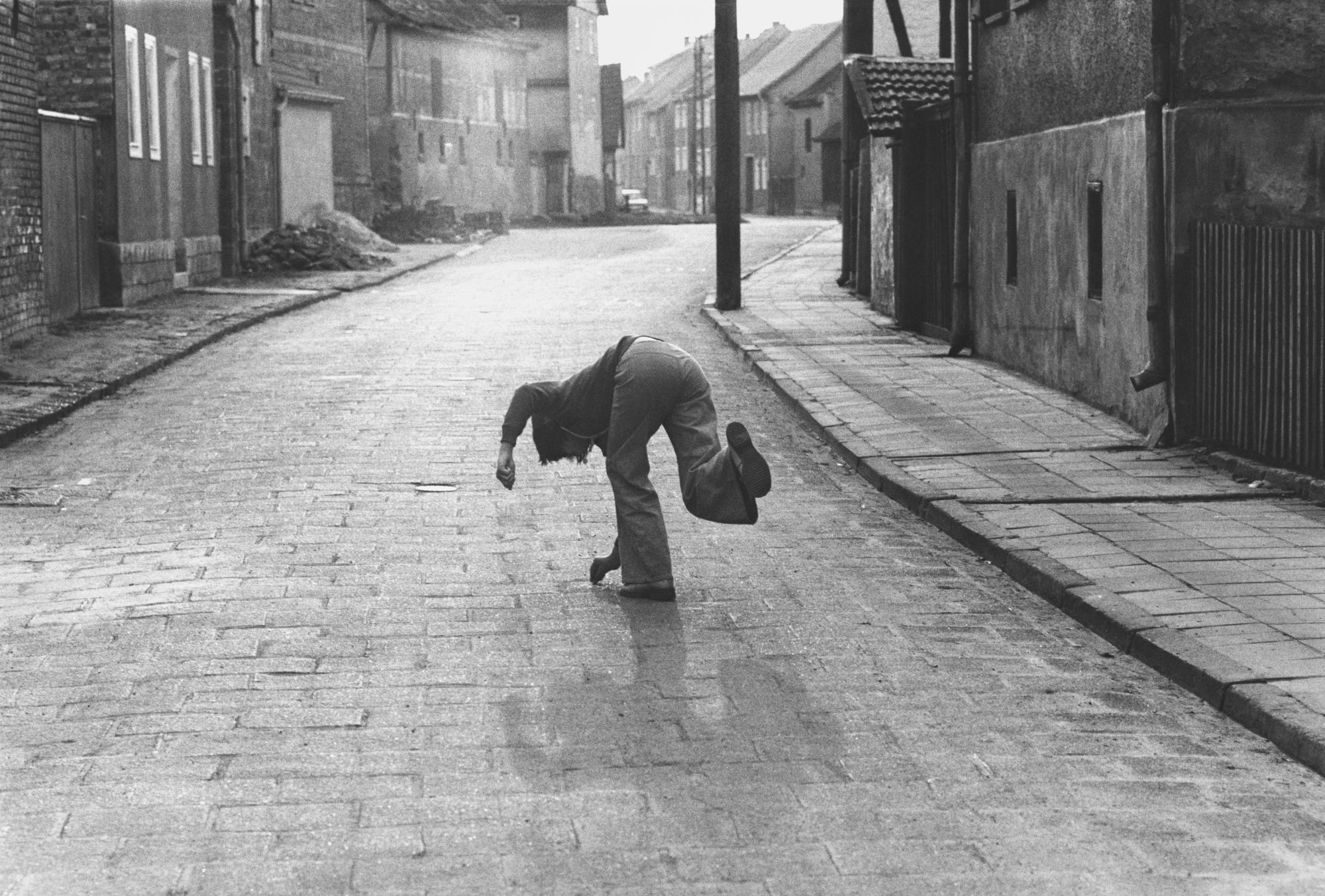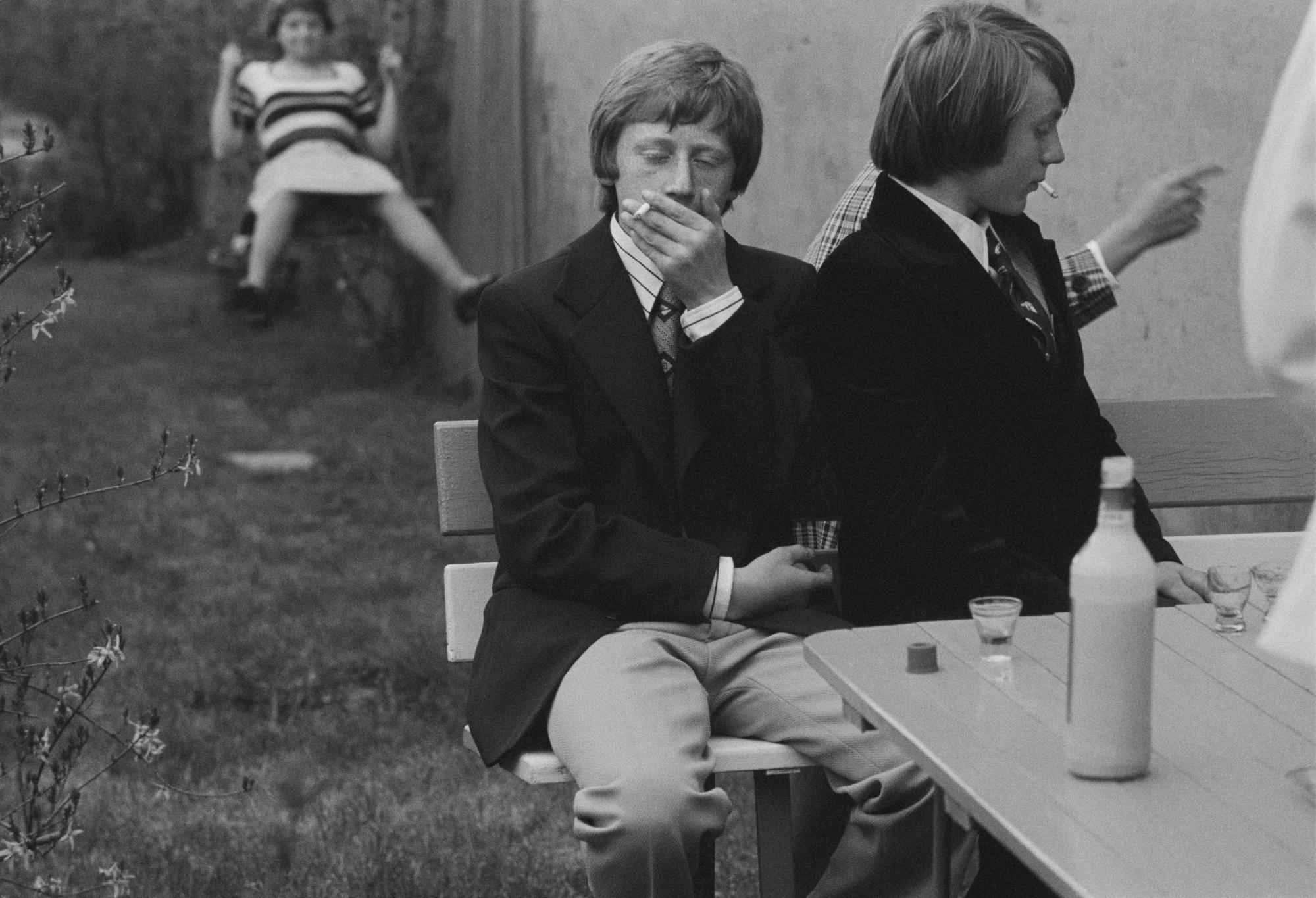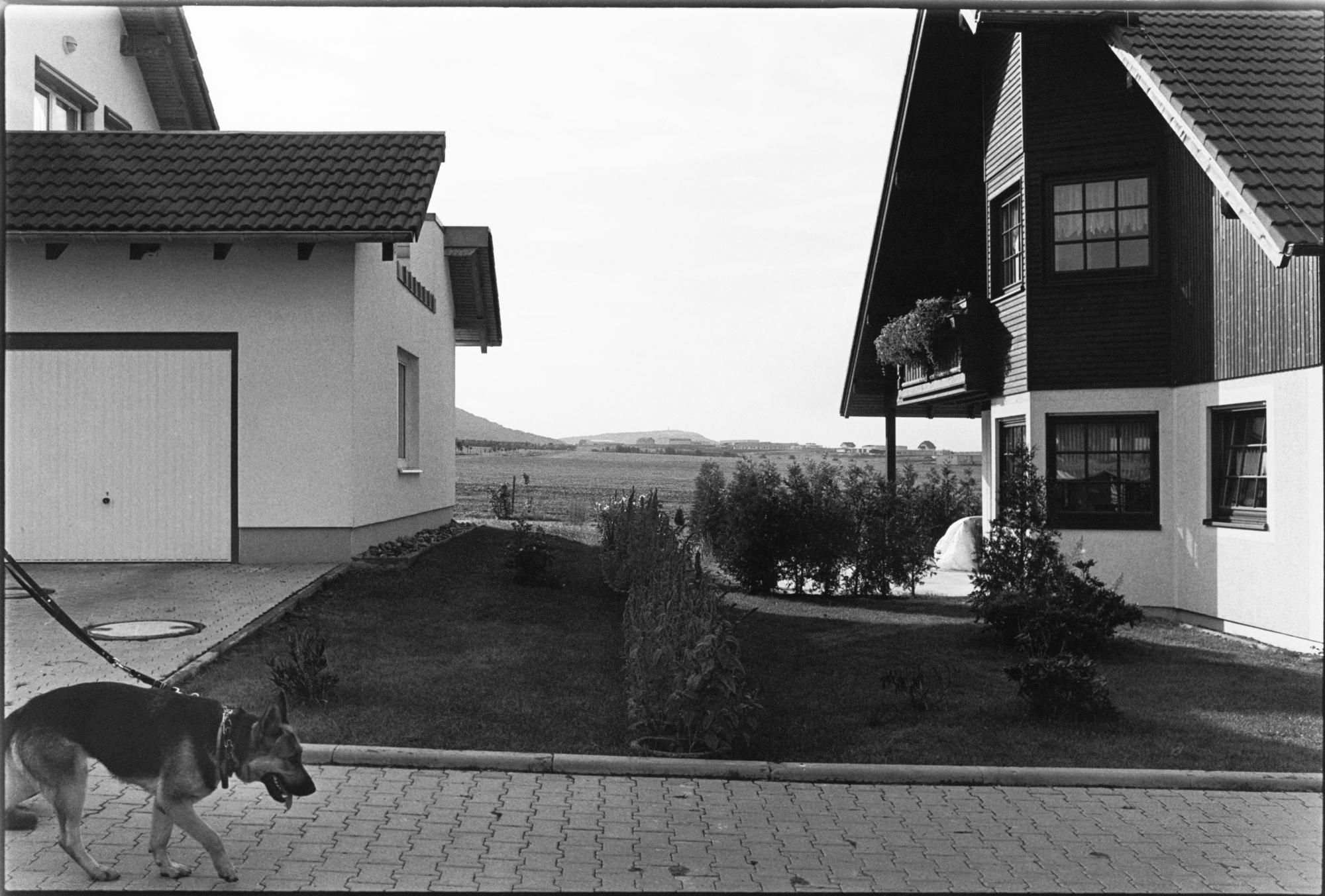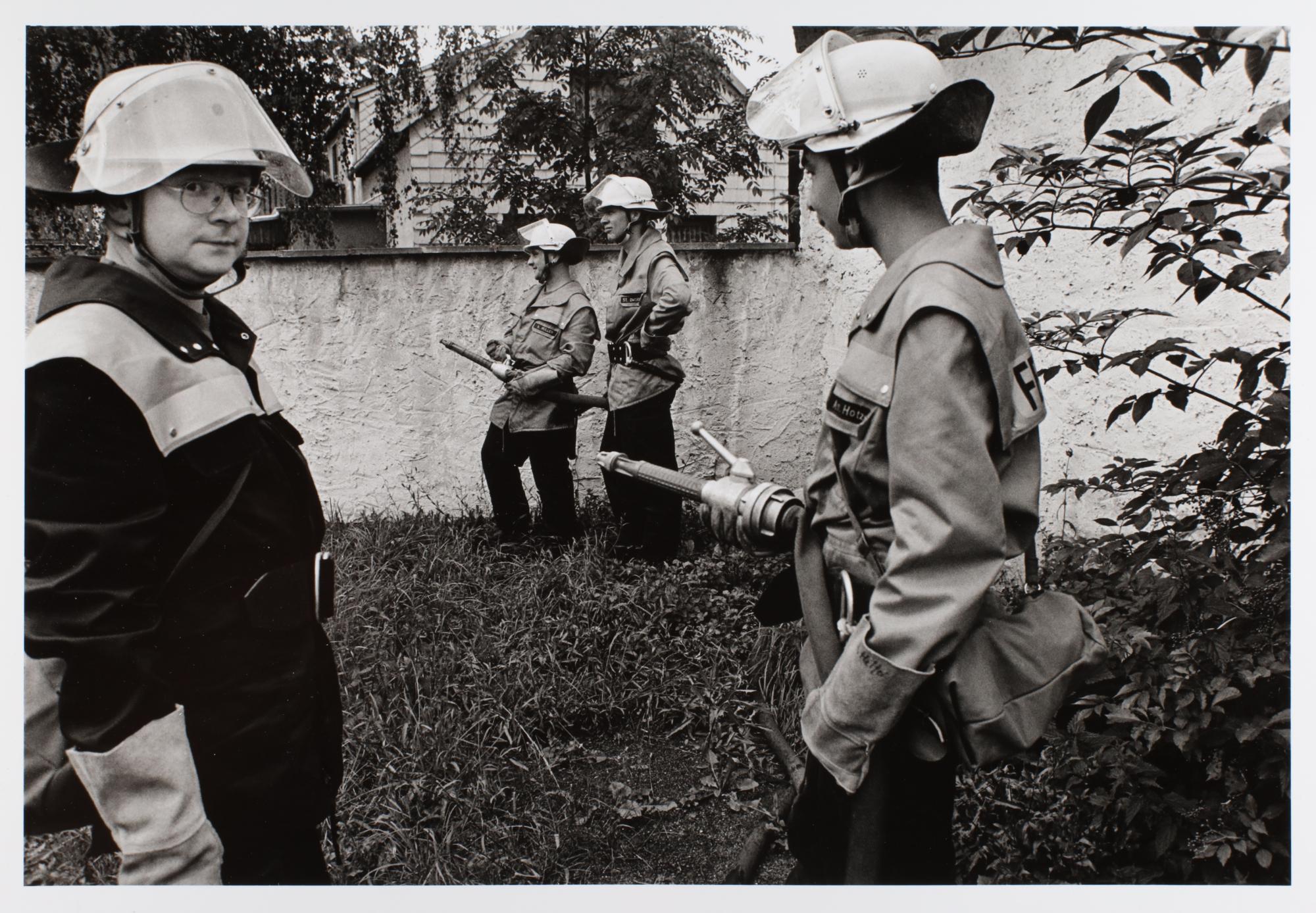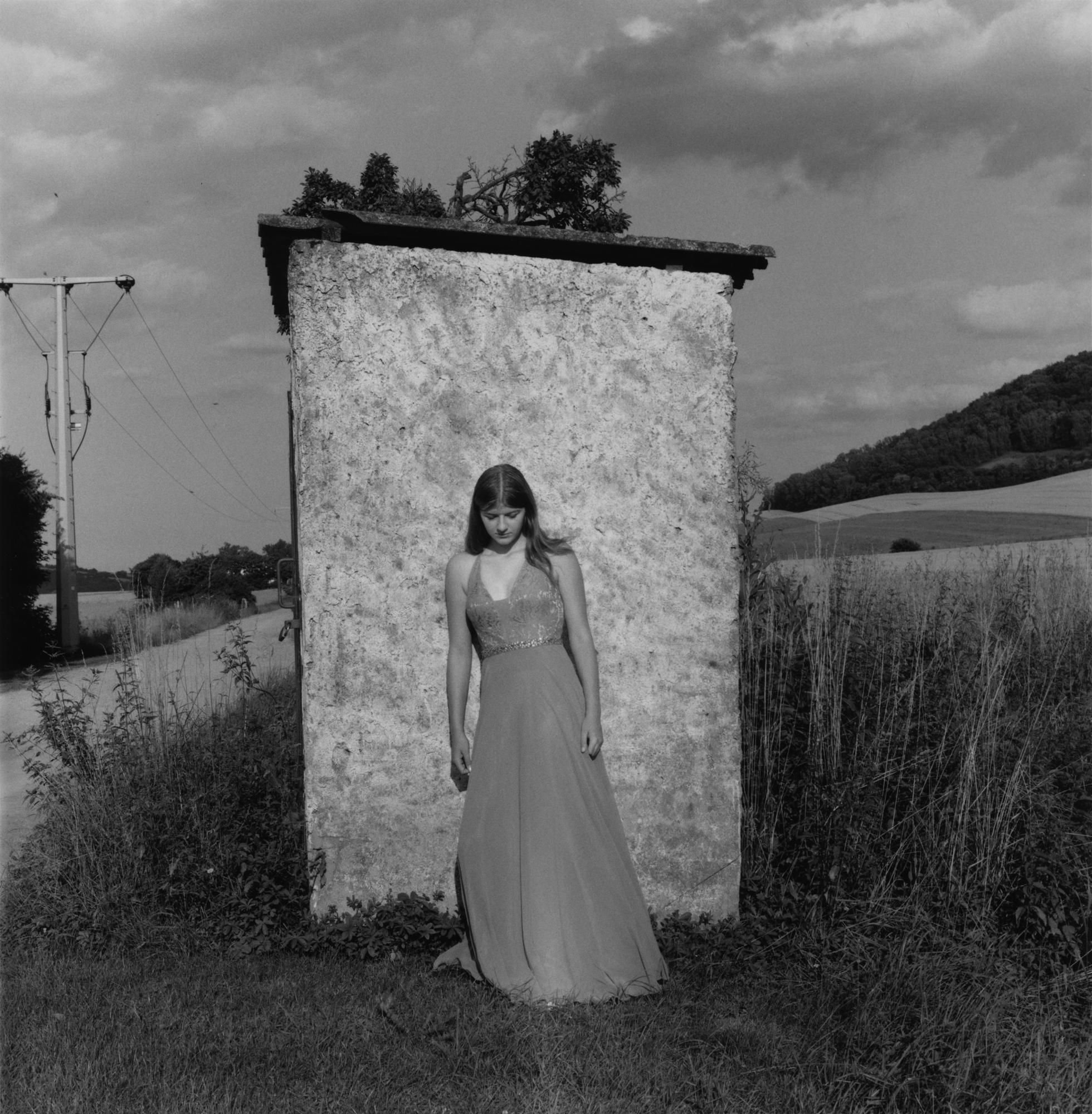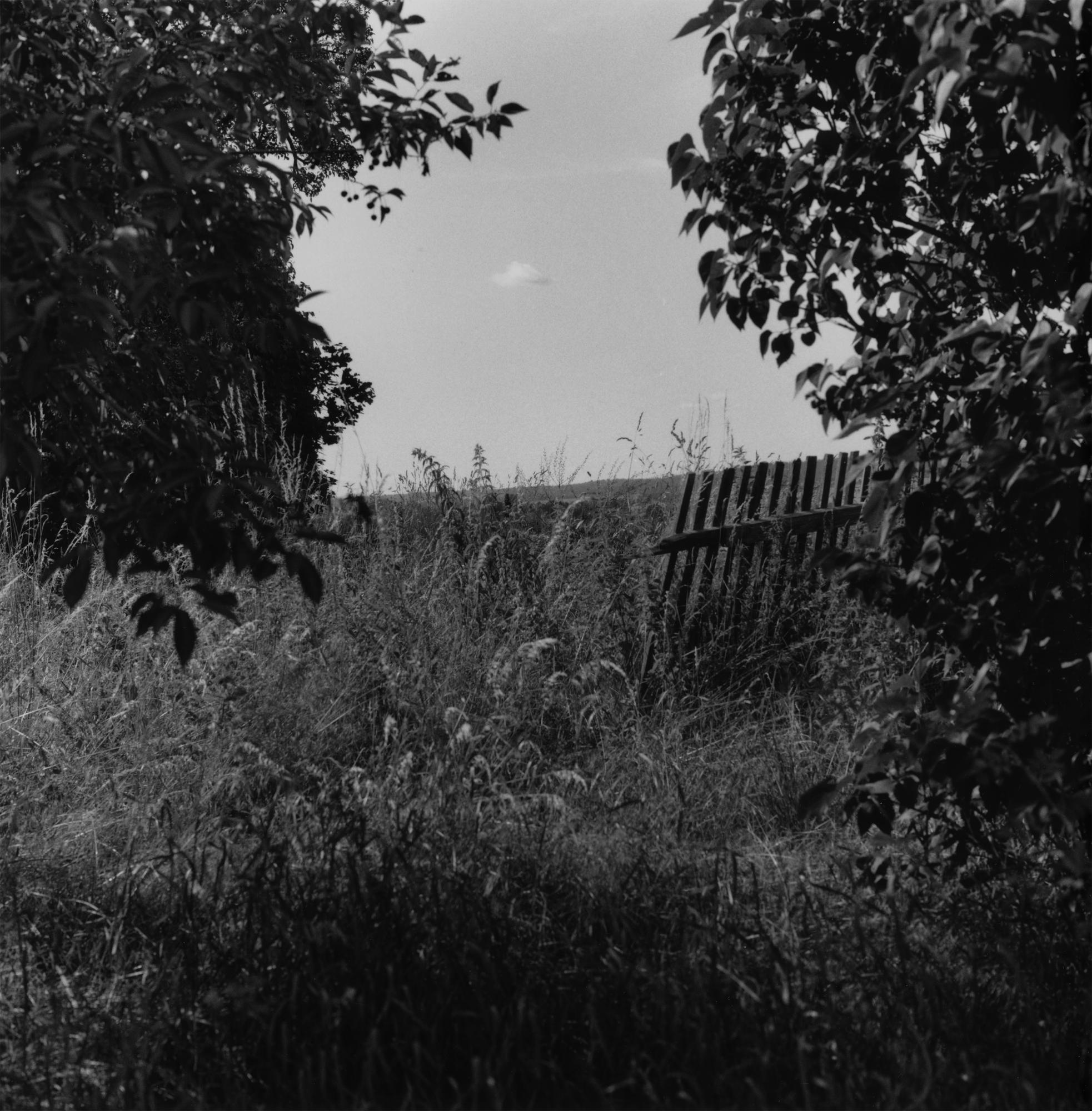Crone Wien curated by Ingo Taubhorn
„Das Dorf (The Village)“

www.galeriecrone.com
Curator(s):

Ingo Taubhorn (*1957 in Dortmund) is curator of the House of Photography, Deichtorhallen Hamburg. From 1980 to 1985, he studied visual communication at the University of Applied Sciences for Photography and Film in Dortmund, graduating with a diploma. From 1988, Taubhorn worked as a freelance curator, among others for Galerie F. C. Gundlach, Hamburg, Museum Folkwang, Essen, Pat Hearn Gallery, New York, and Neue Gesellschaft für Bildende Kunst, Berlin. In the early 2000s, he was appointed to the team for the founding of the House of Photography at the Deichtorhallen in Hamburg, which he has led as chief curator since 2006. Since 2010, he has also been president of the German Photographic Academy. In addition, he has numerous teaching assignments for photography and visual media, including at the Hochschule der Künste Bremen, the University of Witten-Herdecke, the Fachhochschule Bielefeld, the Hochschule für angewandte Wissenschaften in Hamburg, and the Ostkreuzschule in Berlin.

Artist(s):
-
Ludwig Schirmer More
Ludwig Schirmer, born in Wenigenehrich, Thuringia, in 1929, completed an agricultural apprenticeship from 1943 and then worked on his parents’ farm. From 1947, he trained as a miller, which he completed in 1953 with a master miller’s examination. From 1953 to 1961 he worked as a master miller in the family’s water mill in Berka, Thuringia. From 1950, he intensified his interest in photography. After moving to Berlin, he worked as a freelance photographer for foreign trade enterprises, industrial companies, and cultural institutions of the GDR. Ludwig Schirmer is one of the most prominent representatives of applied photography in the GDR and was considered the leading “advertising photographer” in East Germany. Ludwig Schirmer died in Berlin in 2001.
-
Werner Mahler More
Werner Mahler was born in 1950 in Boßdorf, Saxony-Anhalt. He began his photographic career in 1971 as an assistant to Ludwig Schirmer. In 1978, he completed his studies in photography at the Academy of Fine Arts in Leipzig. In his works of the 1970s and 1980s, he vividly documented life in the GDR, such as everyday life in the Thuringian village of Berka, work in a coal mine near Zwickau, and the politically charged matches between the soccer clubs FC Union and BFC Dynamo.
After the fall of the Berlin Wall, Werner Mahler co-founded the Ostkreuzagentur für Fotografen, of which he was managing director for numerous years. In 2005, together with Thomas Sandberg, he founded the Ostkreuz School of Photography. In his more recent work, historical cameras are often used. With the camera obscura, he created dreamlike sequences of Swiss lakes, Brandenburg landscapes, or Leonardi da Vinci’s work sites in northern Italy. Together with his wife Ute Mahler, he used an old plate camera to photograph girls in transition, between city and country, childhood and maturity. The resulting book and exhibition project "Mona Lisas of the Suburbs" won several photography awards in 2011. Werner Mahler lives with Ute Mahler in Lehnitz, near Oranienburg in Brandenburg.
-
Ute Mahler More
Ute Mahler, born in Berka, Thuringia, in 1949, completed her studies in photography at the Academy of Fine Arts in Leipzig in 1974 and has worked as a freelance photographer ever since. She was a member of the Association of Visual Artists (VBK) of the GDR from 1981 and founded the renowned Ostkreuzagentur für Fotografen (Ostkreuz Agency for Photographers) with six East German photographers in 1990, which later became the Ostkreuzschule. From 2000 to 2015, she held a professorship in photography at the University of Applied Sciences in Hamburg. Before the fall of the Berlin Wall, her work was published in the GDR fashion magazine Sibylle, among others. From 1989, she worked for national and international magazines. She has always pursued her own artistic projects (in addition to commissioned work and later teaching), and from 2008 also together with her husband, photographer Werner Mahler. Ute Mahler’s work has been presented in numerous exhibitions around the world, including the Haus der Photographie in Hamburg’s Deichtorhallen, which dedicated a major exhibition of Mahler's work in 2014, and an enlarged show at the Fotomuseum Den Haag in the Netherlands (Beyond the Borders of the GDR) in 2019. Ute Mahler lives with Werner Mahler in Lehnitz, near Oranienburg in Brandenburg.
Exhibition text
More
The exhibition The Village brings together photographs of the East German village of Berka from seven decades. Ute Mahler and Werner Mahler, the co-founders of the well-known Ostkreuz photographer agency, and Ludwig Schirmer, Ute Mahler’s father, captured the everyday life of the Thuringian community on camera from the 1950s to the 2020s, and for the most part without knowing about each other’s series of works.
By presenting different long-term studies of one and the same place, the curator of the exhibition Ingo Taubhorn tries to approach the theme of “The Neutral,” under which Curated by has as its subject this year.
“The neutral” was considered the ideal and justification for the new medium in the early days of photography, which struggled for its recognition in art, or at least in visual design. Unlike painting, the photograph was intended to capture the world objectively, honestly, and authentically—at least that’s how it was praised by its early protagonists.
This classification proved to be a fallacy. In photography, too, the realization quickly set in that the individual, the independent, the special touch was needed to create power, emotionality, and effect. It quickly became clear that light, focus, and cropping had to be played with, that it was inevitable to trick, exaggerate, and manipulate with finesse if one wanted to inspire viewers, or at least keep them interested—and that the neutral, unbiased photographer’s ideal was a nice aberration and that the lens was just called a lens.
The various long-term studies of the town of Berka by Ute Mahler, Werner Mahler, and Ludwig Schirmer are the best proof of this. Although connected by family, although similarly trained in terms of vision, although exclusively committed to black-and-white analog photography, each of them opens us up to their own, to their individual, to their not-at-all neutral view of life in the province—the narrowness, the idyll, the tranquility, the menace, the longing, the melancholy, the anger, the complicated in the simple, the broken in the intact, the beautiful in the supposedly ugly. Each of the Berka series shown reveals something different. Each wants to reveal something different. None remains neutral.
But in combination, in juxtaposition, in being presented side by side for the first time, they give the viewer the opportunity to approach even a neutral gaze. ‘Because,” says Ingo Taubhorn, the curator, “as in natural science and in philosophy, it is also true for art and photography that only in the incorporation, perception, weighing, and validation of different elements, sources, points of view, and representations can something like a neutral position be taken, that this is therefore never possible or allowed to the creator of a work, but always only to the viewer with the comparative inclusion of other works.”
The decisive factor for Ingo Taubhorn is that the project The Village is also a family history that examines aspects of time and change. Berka is the hometown of both Ludwig Schirmer and his daughter Ute Mahler. Due to its location in the East German provinces, it has been and continues to be subject to constant, sometimes radical change, which is reflected in the photos: from the GDR era to reunification to the more or less lived unity.
In the 1950s and 1960s, Ludwig Schirmer (1929–2001) worked as a master miller in the village. Even then, photography was his great passion, and so shortly after the end of World War II he began documenting life, festivities, and everyday life in the small village. Later, after leaving Berka, Schirmer became one of the busiest commercial photographers in the former GDR. His Berka pictures disappeared into boxes and attics. Only after his death in 2001 were they discovered, most of them merely as negatives that had never been enlarged.
Werner Mahler (*1950), the son-in-law of Ludwig Schirmer, decided in 1977—without knowing of Schirmer’s pictures—to photograph Berka for his diploma thesis for the Academy of Fine Arts in Leipzig. The result was a work of over 150 black-and-white photographs, which he methodically compiled into an artist’s book that impressively traced the community of the place. In 1998, Werner Mahler photographed Berka once again: eight years after reunification, he returned to the place to record the changes in the village community in another long-term study.
The work of Ute Mahler (*1949), daughter of Ludwig Schirmer and wife of Werner Mahler, can be seen as the familial successor to these both projects. It was created in the years 2021 to 2022 and—with knowledge of the other Berka series—takes an independent look at her birthplace. Ute Mahler went in search of the traces of her childhood. She, in contrast to the pictures of Ludwig Schirmer and Werner Mahler, photographed mainly the young generation and youths—she had left Berka, the mill, and the idyll at the same age as the portrayed.
The Village project thus poses questions about home and childhood, about moving away and coming back, about old and new, about the known and the unknown. The photographic long-term view documents life in a village over 70 years from three different positions of a photographer’s family.
In the exhibition The Village, the Berka studies by Ute Mahler, Werner Mahler, and Ludwig Schirmer are shown together for the first time. The series by Ludwig Schirmer and Ute Mahler are being shown for the very first time.
Ludwig Schirmer, born in Wenigenehrich, Thuringia, in 1929, completed an agricultural apprenticeship from 1943 and then worked on his parents’ farm. From 1947, he trained as a miller, which he completed in 1953 with a master miller’s examination. From 1953 to 1961 he worked as a master miller in the family’s water mill in Berka, Thuringia. From 1950, he intensified his interest in photography. After moving to Berlin, he worked as a freelance photographer for foreign trade enterprises, industrial companies, and cultural institutions of the GDR. Ludwig Schirmer is one of the most prominent representatives of applied photography in the GDR and was considered the leading “advertising photographer” in East Germany. Ludwig Schirmer died in Berlin in 2001.
Ute Mahler, born in Berka, Thuringia, in 1949, completed her studies in photography at the Academy of Fine Arts in Leipzig in 1974 and has worked as a freelance photographer ever since. She was a member of the Association of Visual Artists (VBK) of the GDR from 1981 and founded the renowned Ostkreuzagentur für Fotografen (Ostkreuz Agency for Photographers) with six East German photographers in 1990, which later became the Ostkreuzschule. From 2000 to 2015, she held a professorship in photography at the University of Applied Sciences in Hamburg. Before the fall of the Berlin Wall, her work was published in the GDR fashion magazine Sibylle, among others. From 1989, she worked for national and international magazines. She has always pursued her own artistic projects (in addition to commissioned work and later teaching), and from 2008 also together with her husband, photographer Werner Mahler. Ute Mahler’s work has been presented in numerous exhibitions around the world, including the Haus der Photographie in Hamburg’s Deichtorhallen, which dedicated a major exhibition of Mahler's work in 2014, and an enlarged show at the Fotomuseum Den Haag in the Netherlands (Beyond the Borders of the GDR) in 2019. Ute Mahler lives with Werner Mahler in Lehnitz, near Oranienburg in Brandenburg.
Werner Mahler was born in 1950 in Boßdorf, Saxony-Anhalt. He began his photographic career in 1971 as an assistant to Ludwig Schirmer. In 1978, he completed his studies in photography at the Academy of Fine Arts in Leipzig. In his works of the 1970s and 1980s, he vividly documented life in the GDR, such as everyday life in the Thuringian village of Berka, work in a coal mine near Zwickau, and the politically charged matches between the soccer clubs FC Union and BFC Dynamo.
After the fall of the Berlin Wall, Werner Mahler co-founded the Ostkreuzagentur für Fotografen, of which he was managing director for numerous years. In 2005, together with Thomas Sandberg, he founded the Ostkreuz School of Photography. In his more recent work, historical cameras are often used. With the camera obscura, he created dreamlike sequences of Swiss lakes, Brandenburg landscapes, or Leonardi da Vinci’s work sites in northern Italy. Together with his wife Ute Mahler, he used an old plate camera to photograph girls in transition, between city and country, childhood and maturity. The resulting book and exhibition project "Mona Lisas of the Suburbs" won several photography awards in 2011. Werner Mahler lives with Ute Mahler in Lehnitz, near Oranienburg in Brandenburg.


